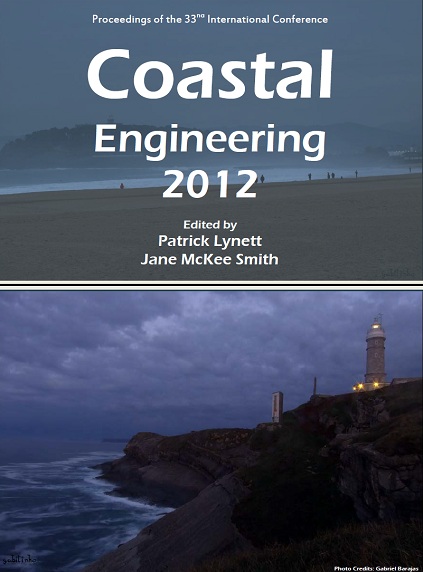Abstract
Outlier detection is one of the classical problem in the regression analysis. For this purpose the Cook's distance was proposed as the amount of changing the predictions by removing the candidate outlier in comparison with the total variation of the residuals against the fitting plane. This distance is considered to be so useful that it is rearranged and discribed in the two terms of the leverage of covariates and the contingent discrepancy. Hence the outlier detection can be displayed as a diagram with these two terms. Extremes generally accompanies outliers. Unfortunately the Cook's distance wouldn't be applicable to the outlier among the extremes. It is one of the reason that the extreme value distribution doesn't belong to the exponential family. Thus we should find the alternative way. The degree of experience, proposed originally for evaluating the limitation of extrapolation, will play an important role of detecting the outliers, because it is decomposed into two parts of the leverage of covariates and the contingent discrepancy in the average sense. Not only the mathematical derivations are shown but also a practical judgement for the removal of outliers is demonstrated in a diagram of leverage and residual of extremes.References
Coles, S. (2001): An introduction to statistical modeling of extreme values, Springer, 208p, Cook, (1977): Detection of influential observations in linear regression, Technometrics, Vol. 19.pp.15-18
Gross, J. (2003): Linear regression, Lecture Notes in Statistics, Vol. 175, Springer, 394phttp://dx.doi.org/10.1007/978-3-642-55864-1
PMid:12964072
Kitano, T., W. Kioka and R. Takahashi (2008): Degree of experience in statistical analysis for (extreme wave heights, Ann. Jour. of Coastal Eng., JSCE, Vol. 55, pp.141-145. (in Japanese Kitano, T., W. Kioka and R. Takahashi (2009): Degree of experience for extreme wave statistics.(Proc. of Coastal Dynamics 2009, World Scientific, Paper #209 (in CDROM Kitano, T., W. Kioka and R. Takahashi (2010): Trend model of sea extremes, Proceedings of 32nd.Conference on Coastal Engineering, Shanghai, China, ASCE, paper #1169, 13p
Kitano, T., W. Kioka and R. Takahashi (2011): Diffractive uncertainty toward the future estimation of.return wave height, Coastal Structures 2011, Yokohama, ASCE, paper #C7-098, 11p
Prescott, P. and A. T. Walden (1980): Maximum likelihood estimation of the parameters of the generalized extreme-value distribution, Biometrika, Vol.67, pp.723-724http://dx.doi.org/10.1093/biomet/67.3.723
Weisberg, S. (1985): Applied Linear Regression, Wiley, 324p
PMCid:1028564

